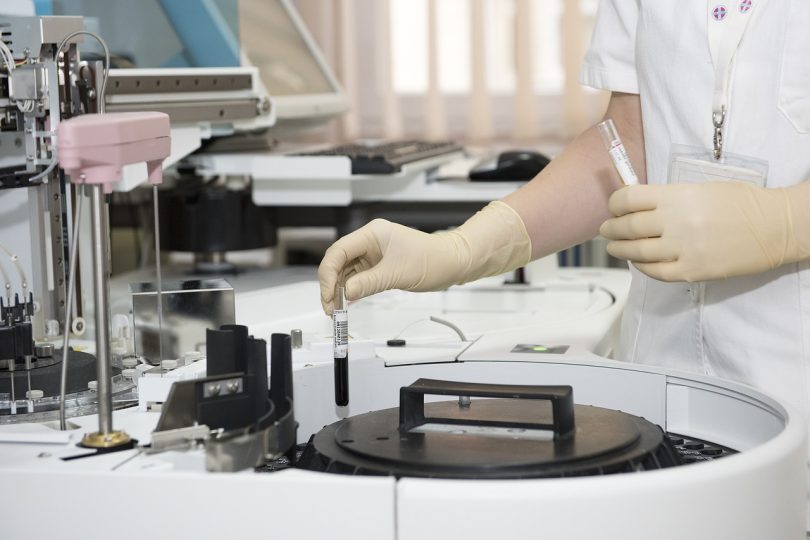Jelimo Emily1, Koech Joel1, Kiptoo Michael2, and Yugi Owiti1
Due to widespread urinary catheterization procedure, catheter urinary tract related infections are the most common nosocomial infections in the hospital environment. 25% of patients are estimated to have indwelling urinary catheters, while 50 percent of surgical patients remain catheterized after 48 hours after surgery. This study sought to isolate and identify the microbes from urine of catheterized patients and compare it with isolates from urine of non-catheterized patients and determine their susceptibility pattern to commonly used antimicrobials at the county Referral Hospital. Cross sectional descriptive research design was employed, with a sample size of 114. Urine obtained was analyzed by macroscopy, screening and cultured on blood agar, MacConkey, and CLED agar plates. Gram staining was performed and biochemically characterized pure colonies of isolated organisms. Susceptibility to antibiotics by disc diffusion was performed on each bacterial isolate. In this analysis, both gram positive and gram-negative isolates of bacteria were identified. E.coli was the predominant isolate with 15 isolates followed by Staphylococcus aureas (11 isolates), Klebsiella (6 isolates), Pseudomonas (5 isolates) and finally the Proteau and Staphylococcus other both with (4 isolates). On subjecting the isolates on drug susceptibility and resistance, the study revealed that all the Staphylococcus aureas isolates were resistant to Norfloxacin and Azythromycin, at 100% . All the E .coli isolates were resistant to Cefuroxime, Chloromphenical and Erythromicin. Klebsiella isolates were susceptible to Norfloxacin, Ofloxacin, Azythromycin, Chloromphenical and Erythrovicin at 100 % (7 isolates) in catheterized patients while on non-catheterized patients they were resistant at 100 % (2 isolates) to Gentamicin, Cefuroxime, Norfloxacin, Ofloxacin, Azythromycin, Chloromphenical and Erythromicin. Pseudomonas isolates were all resistant to Gentamicin, Cefuroxime, Amoxilin Cluvalamic Acid, Norfloxacin, Ofloxacin, Azythromycin, Chloromphenical and Erythromicin at 100 %. Finally, all the Staphylococcus other were susceptible to Gentamicin at 100% .In the 52 isolates resistance to more than three antibiotics was recorded in 48(92.5%). This limits treatment of UTIs with routinely used antibiotics. Hence there is need for continuous screening and monitoring antibiotic resistance for better management of patients on antibiotic treatment. In addition, treatment of UTIs should be based on available evident data in order to achieve effective therapy for both catheterized and non-catheterized patients. The collected data could also be used in determination of trends in antimicrobial resistance patterns and therefore assisting in policy formulation on the currently used antibiotics in management of UTIs







